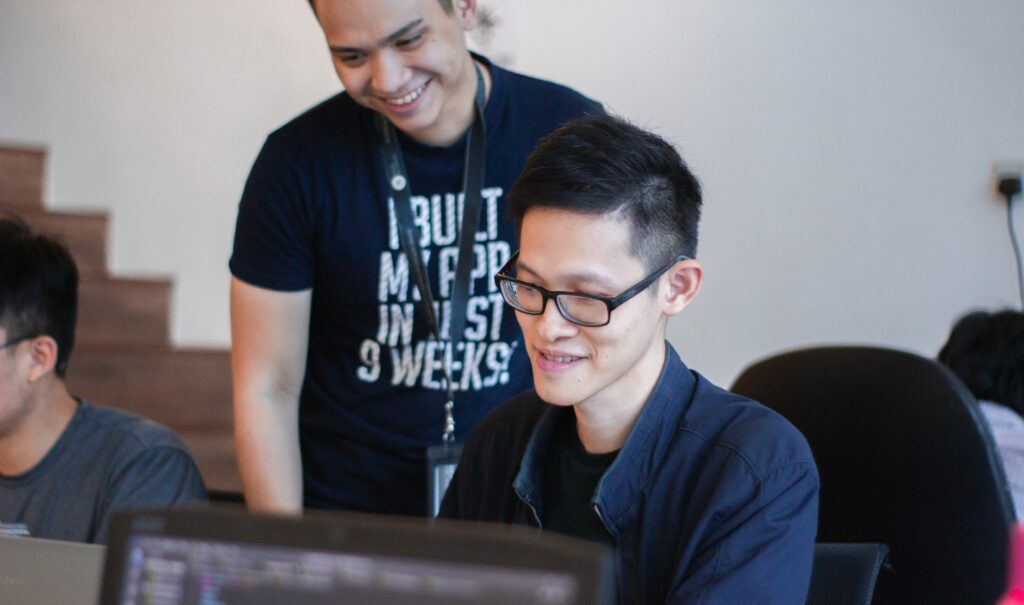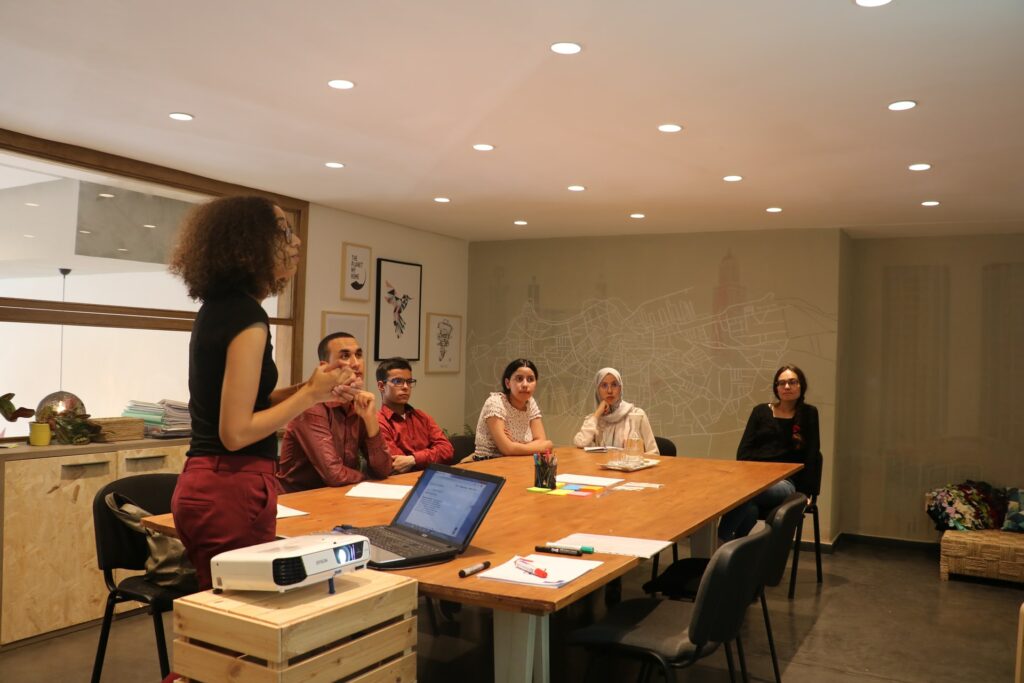I have been part of leadership teams in organisations with other grey-haired folks like myself, wherein a younger member would be introduced to our team to coach us on aspects we were not familiar with and could use more counsel around. That was the introduction of the concept of reverse mentoring for me and I have since been a great advocate of it. Let me elaborate further.
Reverse mentoring definition
Reverse mentoring or reverse coaching is essentially when a junior employee is appointed to act as a mentor to senior executives or leaders in the organisation. This is usually done to bring in a fresh perspective for the leaders that they would not be privy to due to a generational gap – for instance with regard to technology and social media.
According to this article, reverse mentoring is also a great way to increase the visibility of minority employees for future leadership opportunities, thus supporting diversity initiatives.
The idea of having a reverse mentoring program is not only to bring in a fresh new perspective but also to challenge the hierarchy of the organisation by going outside the formal organisational construct.
The importance of reverse mentoring
Well, simply put, reverse mentoring (or reverse coaching) helps bring in a multiplicity of views and opinions for a well-rounded perspective. Doing so helps the senior leadership be in touch with the new entrants to not only bring in the younger & newer skills & perspectives but to also reduce the hierarchical gap between senior leadership and junior management.
When this gap is reduced and the accessibility to the senior-most leadership is improved, this creates an atmosphere of transparency and trust among the younger employees, thus increasing the possibility of them staying with the organisation longer and seeing value in being part of it – which in turn helps create potential leaders of tomorrow.
When is it applicable?
Large organisation: Reverse coaching is applicable when it’s an organisation of a large size wherein there are multiple layers between the senior-most and junior-most persons. This model will not work in a start-up or small organisation where there are a handful of employees who get the opportunity to interact with each other regularly.
Handle corporate accounts and coaching engagements with ease:
Geographical distance: This can also be valuable when teams in an organisation are geographically spread far apart (a common occurrence ever since the pandemic) and there is a lack of opportunities to have regular and substantial interactions.
Siloed organisations: Here’s an example of reverse mentoring related to the advertising industry. Imagine the Junior Account Executive is assigned to reverse coach the Creative Head in a leading ad agency! This an unimaginable scenario if you’re familiar with the inner workings of an advertising agency (the accounts & creative teams are often at loggerheads with each other!). And while the idea is provocative, if done intentionally and with careful deliberation can bring in surprisingly positive results on the other side.
How is it done?
Some important things to keep in mind when setting up a reverse mentoring program
- The program has to be structured properly
- It should be time-bound – typically a 6-month window is good
- Must function with a set of do’s (for instance, the reverse coach must be an active part of each meeting, they should journal the entire process & experience of reverse coaching and should get the right ambiance to be able to speak and express freely) and don’t’s (for instance, no access to client confidential material or sensitive personnel data)
- It is recommended to be done on a rotational basis, i.e. these mentors can be picked from the cohort of top young talent recognised by the organisation on a semi-annual basis. The more diverse the picks, the better!
Examples of reverse mentoring & success stories!
Reverse mentoring is not a new concept and has been utilised by many large organisations to their benefit. Let me bring up a few examples that could help elucidate the concept better:
- Heineken – According to this article on Together Platform, Heineken has been running a reverse mentoring program since April 2021. When surveyed, 86% of mentees (senior leaders) wanted to connect with more junior employees to gain new skills and experiences from the next generation of talent.
- Caterpillar – This organization has had success with its mentoring programs. Vice President of Caterpillar’s Large Power Systems Division, Tana Utley has said that millennials see the work world differently than other generations, which is vital for senior leaders to understand.
- GE – The company’s global managing partner Andrew Ballheimer had a reverse mentoring experience with his mentor MaameYaa Kwafo-Akoto – a young woman from a working-class Ghanaian family. She is said to have enjoyed the opportunity to give back to her employer and to help others understand the experience of minority, working moms. You can read more about the journey here in this article written in the Financial Times.
- PwC – PwC launched its reverse mentoring program in 2014 as part of its diversity and inclusion drive at its international locations. Participants have come back saying it has positively impacted inclusivity, skills development, and a culture of learning within the company.
FAQs
1. What is reverse mentoring and how does it differ from traditional mentoring?
Reverse mentoring is when a junior employee is appointed to act as a mentor to senior executives or leaders in the organisation. This is usually done to bring in a fresh perspective for the leaders that they would not be privy to due to a generational gap – with regard to technology and social media, for instance. This can prove invaluable for an organisation in special circumstances.
Traditional mentoring is, as the name suggests, the usual way mentoring occurs, i.e., with the senior professional providing knowledge, support, and guidance to an early-career professional, picking up cues from their longer professional experience and sharing them to help the junior professional in their respective professional path.
2. What are some of the challenges that can arise when implementing reverse mentoring in the workplace?
Perhaps the biggest and most predictable challenge is the resistance of the older/senior professional to take instructions from the junior professional seriously and implement change as per their recommendation.
On the other side, due to the fear of being ignored and taken seriously, junior professionals from younger generations are also resistant to reverse coaching or mentoring their leaders.
Both leads to a push and pull of power dynamics, which can be tricky to deal with.
About Simply.Coach
Simply.Coach is an enterprise-grade coaching software designed to be used by individual coaches and coaching businesses. Trusted by ICF-accredited and EMCC-credentialed coaches worldwide, Simply.Coach is on a mission to elevate the experience and process of coaching with technology-led tools and solutions.

Executive Coach & Co-founder of Simply.Coach
As an Executive Coach, certified by Marshall Goldsmith for leaders and teams, Venkat believes that a mix of ideal leadership behaviours and a well-executed strategy determines business outcomes, and he works with industry leaders in achieving specific results with the right changes in behaviour and processes. Earlier, he was a Partner & Vice President at IBM, with a track record of successful engagements leveraging technology and Change Management. Venkat has lived in Europe and Singapore and consulted with clients across industries worldwide and in India.









